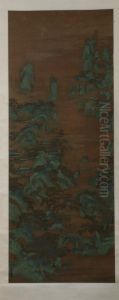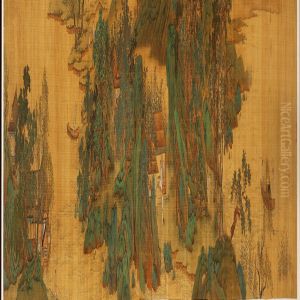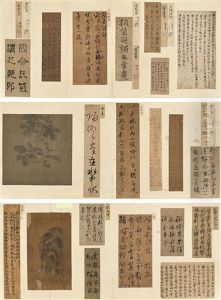Zhao Boju Paintings
Zhao Boju was a renowned Chinese painter from the Song Dynasty, particularly known for his landscape and flower paintings. He was born in 1120 and lived until 1182. Zhao was a member of the Imperial Painting Academy, an institution that was responsible for fostering the development of painting and artists in service to the emperor and the court. His contributions to the field of painting were significant during a period that is often considered the golden age of Chinese art.
Zhao's work is characterized by its delicate brushwork and refined use of color. He was known for his ability to blend poetic sensibility with his artistic skills, creating works that not only depicted the natural beauty of landscapes and flowers but also evoked emotional responses. His paintings often conveyed a sense of tranquility and harmony with nature, which was in line with the literati ideals of the time. Zhao Boju’s technique involved the use of fine lines and meticulous details to capture the essence of his subjects.
Unfortunately, much of Zhao Boju's life and works are not well-documented, and many of his paintings have not survived to the present day. However, his reputation as a master of landscape and flower painting has endured through the writings of his contemporaries and later art historians. The few surviving works attributed to Zhao are treasured for their historical value and artistic merit. Zhao Boju's influence extended beyond his lifetime as he inspired subsequent generations of painters, contributing to the legacy of the Song Dynasty's rich artistic heritage. His brother, Zhao Bosu, was also a notable painter, and together they were among the most respected artists of their time.


